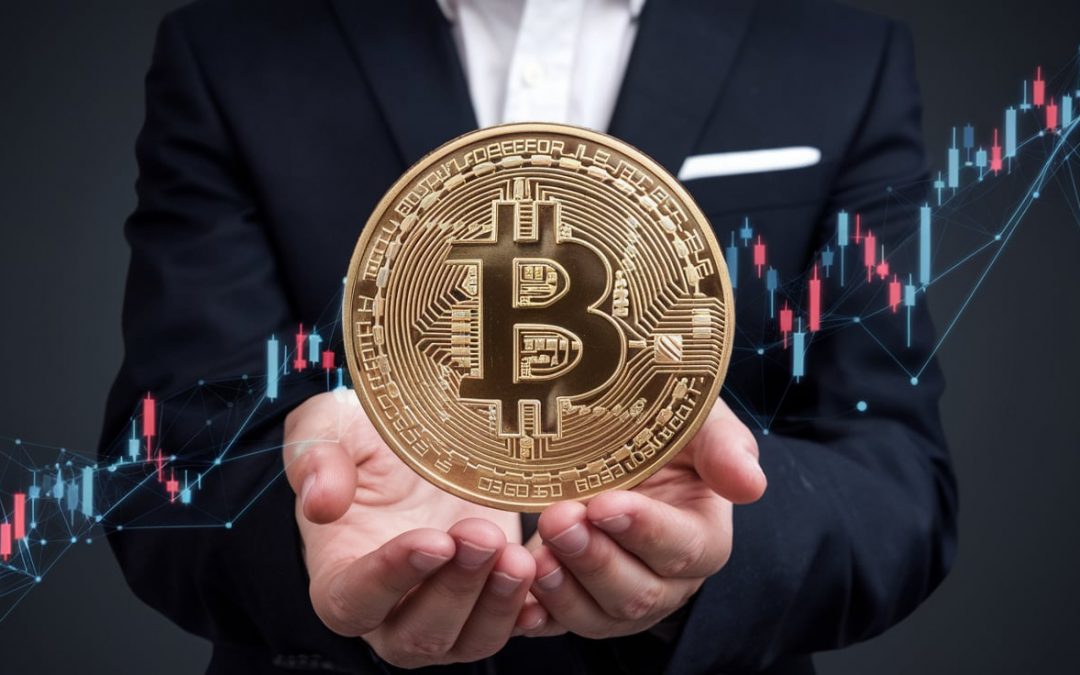At the same time, it becomes reasonable to assume that cryptocurrency regulation should be kept mature till 2025 because of fast developments that center on the mainstreaming of finance. It is no longer an option for an investor to just follow ever-changing sets of regulations. It becomes imperative to protect investments from illegality and keep monitoring opportunities as they develop. Quite differently, different sets of regulatory approaches might be employed according to country-region arrangement. Throughout this year, a few common themes have begun to emerge, putting transparency, accountability, and systemic stability in the fair spotlight.
Regulators are on the side of transparency and ensuring that compliance exists. Governments in different jurisdictions are growing tougher and are amending the regimes of KYC and AML, forcing exchanges, custodians, and wallet providers to identify their users properly and to monitor their transactions. This would then be termed as an evolution. Onboarding is slightly more complicated than maybe it would have been otherwise, but the positives in preventing the use of exchanges for money laundering, terrorist financing, or fraud far outweigh the negatives, fostering investor confidence and promoting market integrity.
Digital assets-related taxation has become increasingly explicit and comprehensive. Those investors, in several countries, have to keep proper books and records of all transactions involving the purchase and sale of digital assets in respect of which rights may be levied with capital gains tax from trading, staking, mining rewards, or airdrops, on profits so realized. Crypto-traceability has become an art in these tax groups; they are henceforth conducting audits and enforcing rights on an unprecedented scale. This demands careful tax planning and strict compliance with reporting requirements to avoid steep penalties. Nowadays, serious investors would simply consider it a must to seek advice from qualified tax professionals specializing in cryptocurrencies.
DeFi is a difficult domain to regulate in finance. DeFi platforms do offer innovative financial services, but in the absence of conventional middlemen acting as filters, they impose the risks of market manipulation, consumer protection issues, and security concerns, among others. On the other hand, regulators continue to ponder frameworks to reduce these risks without obstructing innovation. A few jurisdictions have started applying existing securities and financial regulations to DeFi protocols, whereas some others are targeting laws for this new economy. Investors need to be alert when doing their due diligence of DeFi platforms and must be abreast of changes in the regulatory environment that could affect their holdings.
Due to its perceived systemic nature and use in payments, the stablecoin industry has been under intense scrutiny. Regulators demand that stablecoin issuers transparently back their reserves and operate under licensing regimes similar to those regulating traditional financial institutions. Some governments seem to be indicating that they intend to treat stablecoins as banking entities with attendant capital requirements and audits conducted regularly as safeguards to consumer rights. In carrying on with their functions, stablecoins remain attractive to investors for their relative stability and utility, but they always remain vulnerable to regulatory developments that might limit their liquidity, utility, or even existence.
Among the regulatory viewpoints on this matter, environmental concerns form a keenly important one. Primarily, carbon-footprint issues have generated a huge wave of criticism against crypto assets that rely on energy-intensive proof-of-work, the foremost example being Bitcoin. Different countries seem to be contemplating regulations that will promote green mining or are already experimenting in the incentivization of technologies that operate on alternative consensus mechanisms, such as proof-of-stake. From an environmental perspective, the operations of mining get scrutinized, but simultaneously may also beckon investors into the fold of green cryptos: investment choices are getting aligned with sustainability.
Continuing to remain dynamic with the evolution of technologies and market trends in 2025, the regulatory landscape may still keep changing. However, this does not free investors from keeping track of where they stand on the regulatory front at any given moment, which they can do by keeping up-to-date through reliable sources, sticking to regulated and reputable platforms, storing evidence of transactions properly, and getting a legal or tax consultant’s opinion. Hence, it is a call for agility and action.
Ultimately, the ever-evolving regulatory framework is to delicately try to arbitrate Innovation and growth with investor protection and financial system stability. The specifications for a high level of transparency, certain asset classifications, and harsh taxation have remained guardrails for the scrutiny of DeFi proposals and stablecoins, while international cooperation and an environmental conscience provide the canvas for a mature and resilient crypto ecosystem. Investors able to embrace the sea changes and accord precedence to compliance and amendments in their strategies will be optimally positioned to reap the riches of this fast-changing avenue, turning the sticky regulatory obstacles into churchgoing glory avenues.

